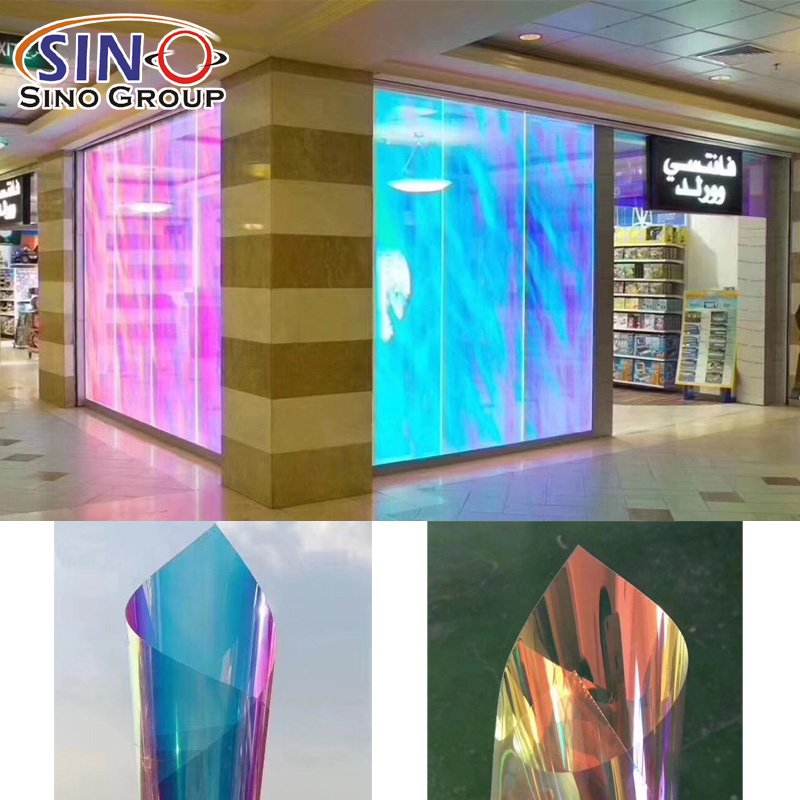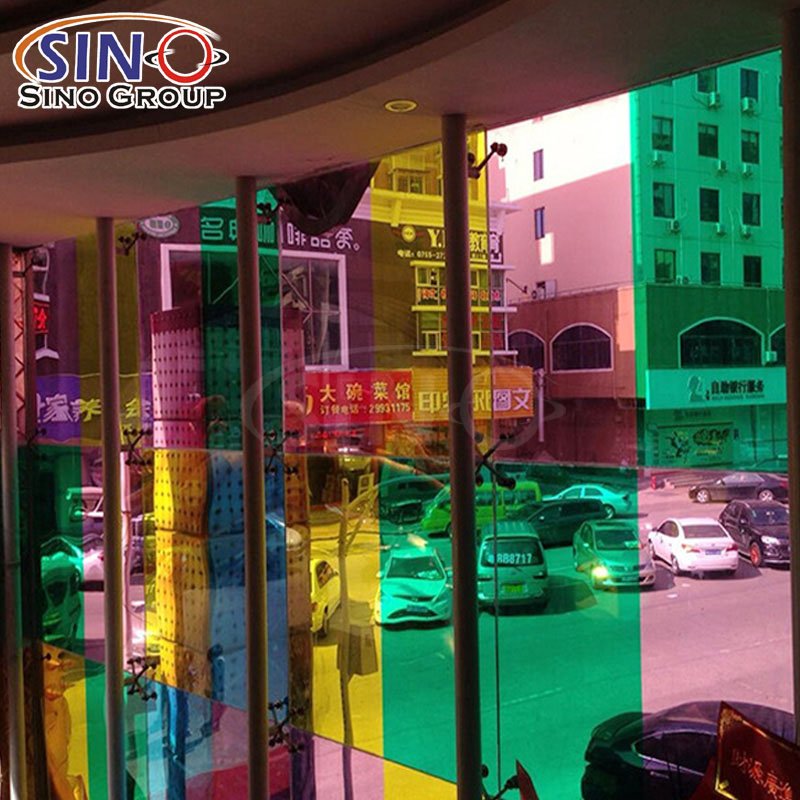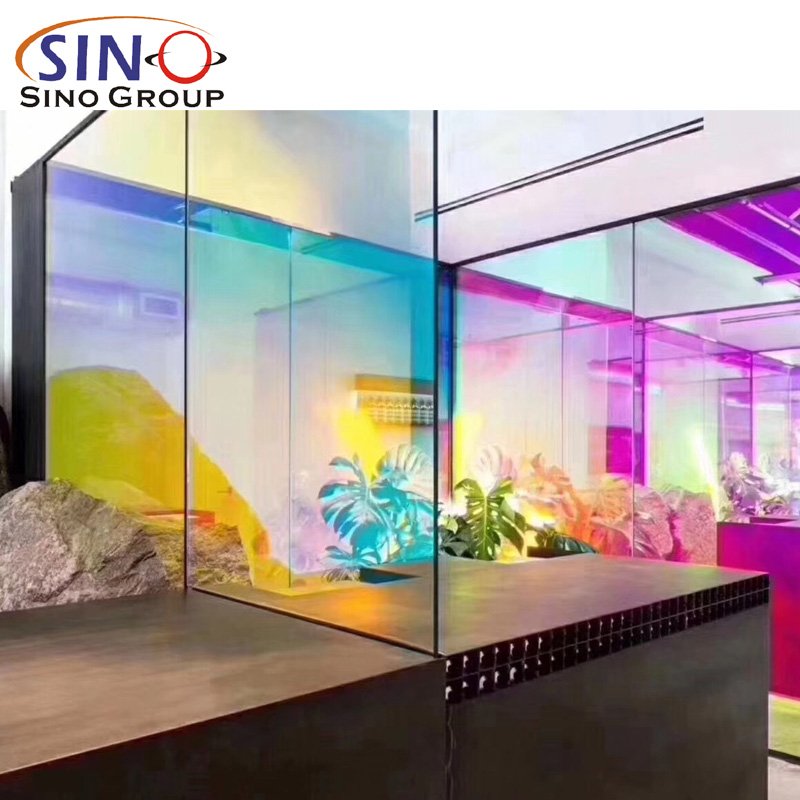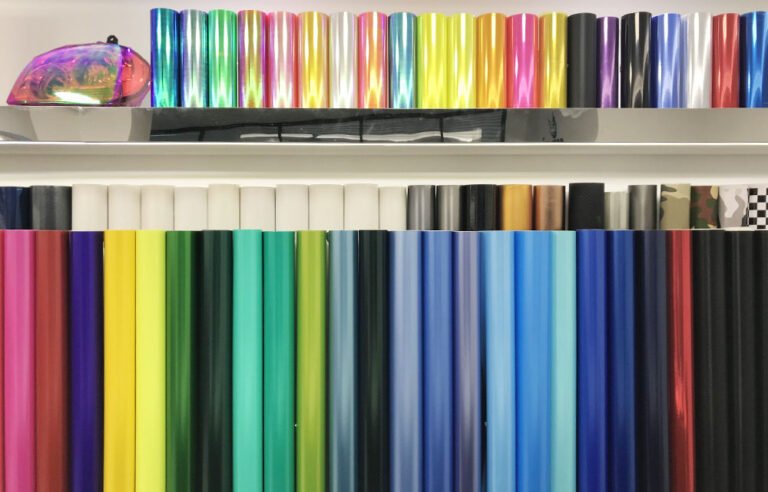How do experts preserve and restore historic stained glass windows?
Here’s an overview of the steps experts typically take to preserve and restore historic stained glass windows:
1. Assessment and Documentation:
Experts begin by thoroughly assessing the condition of the stained glass windows.
2. Cleaning:
Cleaning is done using gentle methods and appropriate cleaning agents to avoid damaging the glass and its delicate surface.
3. Stabilization:
If the windows are structurally compromised, experts will stabilize them to prevent further damage. This might involve reinforcing the framework, repairing lead came (the strips of lead that hold the glass pieces together), and addressing any other structural issues.
4. Consolidation:
If the glass pieces are loose or cracked, they are consolidated to prevent further damage.
5. Repair and Replacement:
Damaged or missing glass pieces are meticulously repaired or replaced. In some cases, if the original glass cannot be repaired, expert glass artisans may create custom replacements to match the original design.
6. Releading:
Lead came that has deteriorated or become weakened over time might need to be replaced. This involves carefully dismantling the window, removing the old lead, and installing new lead came while reassembling the glass pieces.
7. Reassembly:
The restored glass pieces are reassembled using the repaired or new lead came.
8. Conservation Glazing:
To protect the restored window from environmental elements, a protective layer of clear glazing may be added.
9. Documentation and Records:
Throughout the restoration process, detailed records are maintained, documenting the decisions made, materials used, and techniques applied.
10. Maintenance Guidelines:
Once the restoration is complete, experts provide guidelines for the ongoing care and maintenance of the stained glass window.
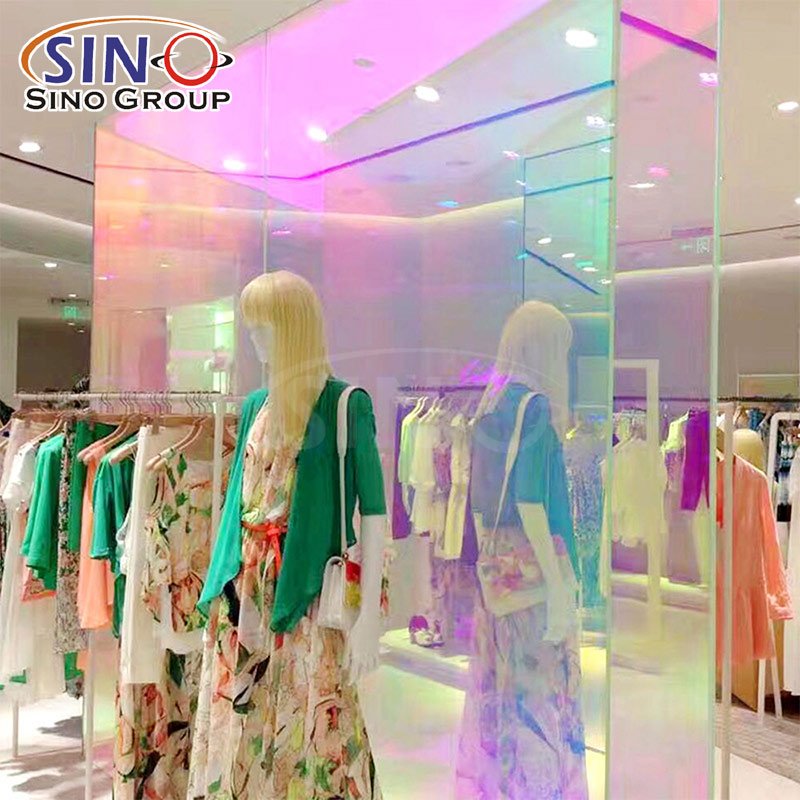
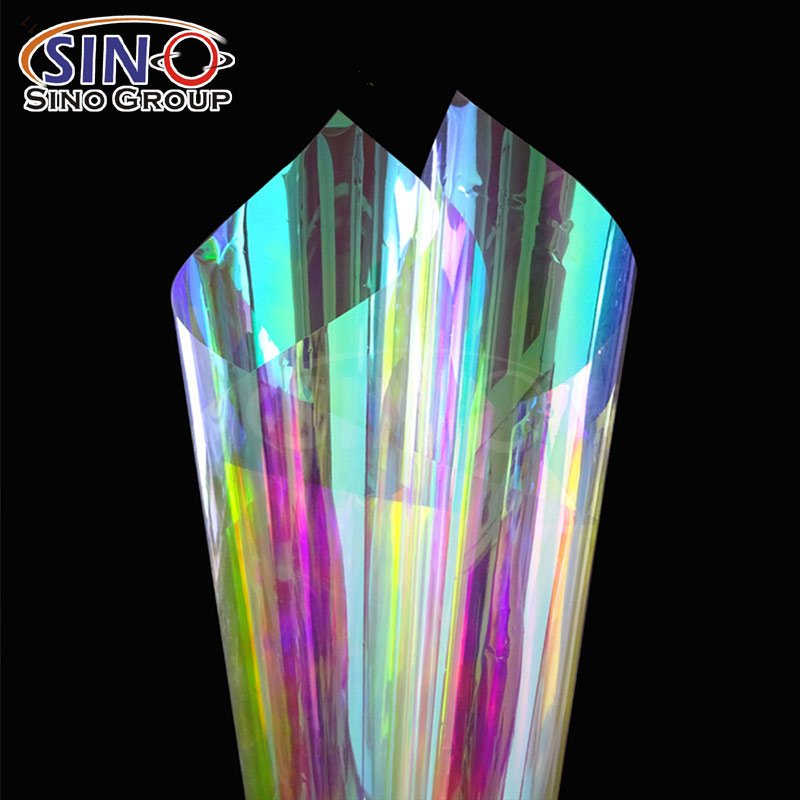
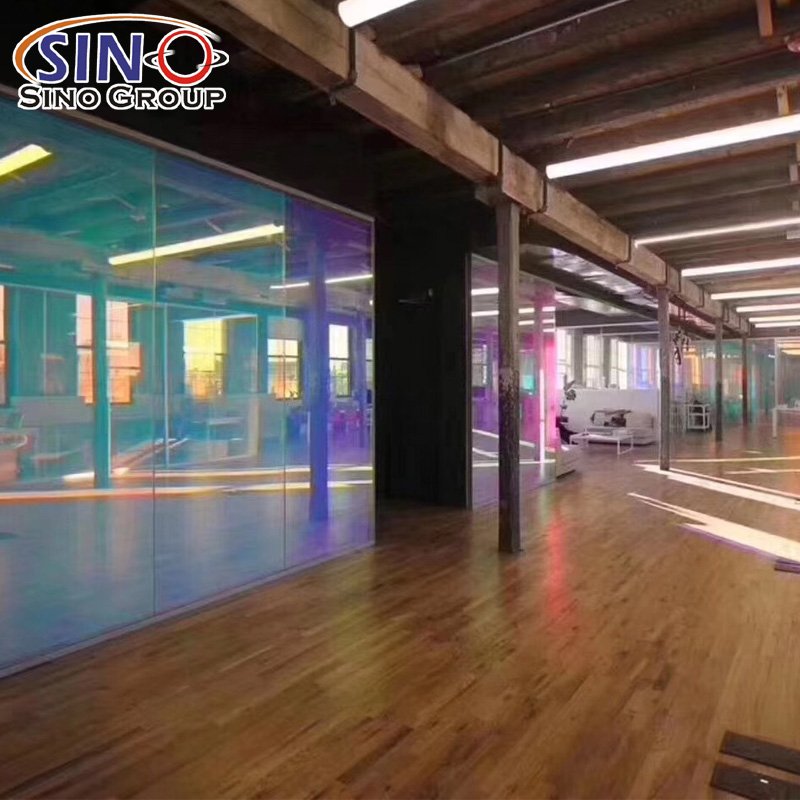
How do stained glass windows convey religious or cultural narratives?
1. Visual Storytelling
Stained glass windows often depict scenes from religious texts, historical events, or cultural stories.
2. Iconography and Symbolism
Stained glass windows use symbols, icons, and imagery to represent complex religious or cultural ideas. For instance, specific colors, animals, plants, and geometric shapes can all carry symbolic meanings that relate to the larger narrative.
3. The Play of Light
Stained glass windows come to life when light passes through them.
4. Emotional Connection
The use of color, composition, and facial expressions in stained glass windows can evoke emotional responses from viewers.
5. Architectural Integration
Stained glass windows are often incorporated into religious or cultural buildings, such as churches, temples, or mosques.
6. Educational Tool
In times when literacy rates were lower, stained glass windows served as educational tools. They were used to visually communicate stories from religious texts to a largely illiterate population.
7. Cultural Identity
Stained glass windows can also reflect the cultural identity of a particular community or region.
8. Sacred Spaces
Stained glass windows are often found in places of worship, and their presence contributes to the overall sacredness of the environment.
